Sasha Belcher and Olivia Long
Over the course of the past couple of weeks all of the high school students got a chance to see a screening of Alan Brown’s film Five Dances as part of their english classes. Olivia Long and I did a short interview with him to better understand the film and his art form.
1. Do you see your films as activism?
While I hope my films are seen primarily as art-because that is the impulse behind their creation-I am aware that film is a powerful medium and that as an artist, I must take responsibility for what I put out there. As a gay filmmaker, I am hyper-aware of the social and political context of my work. And I feel it is my responsibility to create gay characters and stories on film because there are still so few out there. That is my activism.
2. What would you want someone who is neither a dancer nor part of the LGBT community to take away from the film?
Though the film is about dancers and the lead character is gay, I made this film for all audiences. That is the beauty of film, of theatre, of literature: They take us to places we ourselves might not go to, put us in the minds and bodies of people other than ourselves. That said, film watching is as individual an experience as filmmaking. Everyone takes away something different.
3. This week we had a speaker that talked about the power of documentary film, what do you think is the power of fictional films?
Fiction, in all forms, allows us to imagine and understand worlds and lives other than our own. It teaches us empathy. That is extremely powerful.
4. Why did you make Five Dances?
It was something of an experiment, actually. I love watching dance. And I wanted to make a film in which the dance was the dominant element, in which the dance itself, instead of dialogue and conventional “action”, propelled the story and the characters forward.
5. What is your experience with dance and what made you choose it to be such a central part of your movie.
I’ve always been a dance-goer, and because I’ve always had dancer friends, I’ve been fortunate to spent a lot of time over the years in dance studios watching rehearsals and classes and the creation of dances. Though I’m neither a dancer nor a choreographer, being a filmmaker allowed me to enter into that very special world.
6. Do you have anyone you look up to, in your industry or otherwise?
That’s a big question. There are films and filmmakers I admire very much. I’ve also been influenced by playwrights, novelists, and visual artists. As a film genre, I’m definitely most fond of and comfortable with French films, because of their emphasis on character over plot.
7. Did you ever receive pushback for your subject matter?
My first film, “O Beautiful,” (33 min. short; available on the compilation “Boys Life 4”), the story of a gay high school boy who was brutally assaulted and then rescued by one of his assaulters, offended some audience members who thought I was being politically incorrect because the victim was attracted to his attacker. And I was occasionally confronted by readers of my novel, “Audrey Hepburn’s Neck”, for being Caucasian and writing the book from the point of view of a Japanese man. But considering the varied subject matter and characters I’ve explored in my work–a married woman having an affair with a high school boy; an Iraq War vet with PTSD; an all-male “Romeo and Juliet”–I’ve had very receptive audiences. Though I don’t think controversy is a bad thing.
]]>






















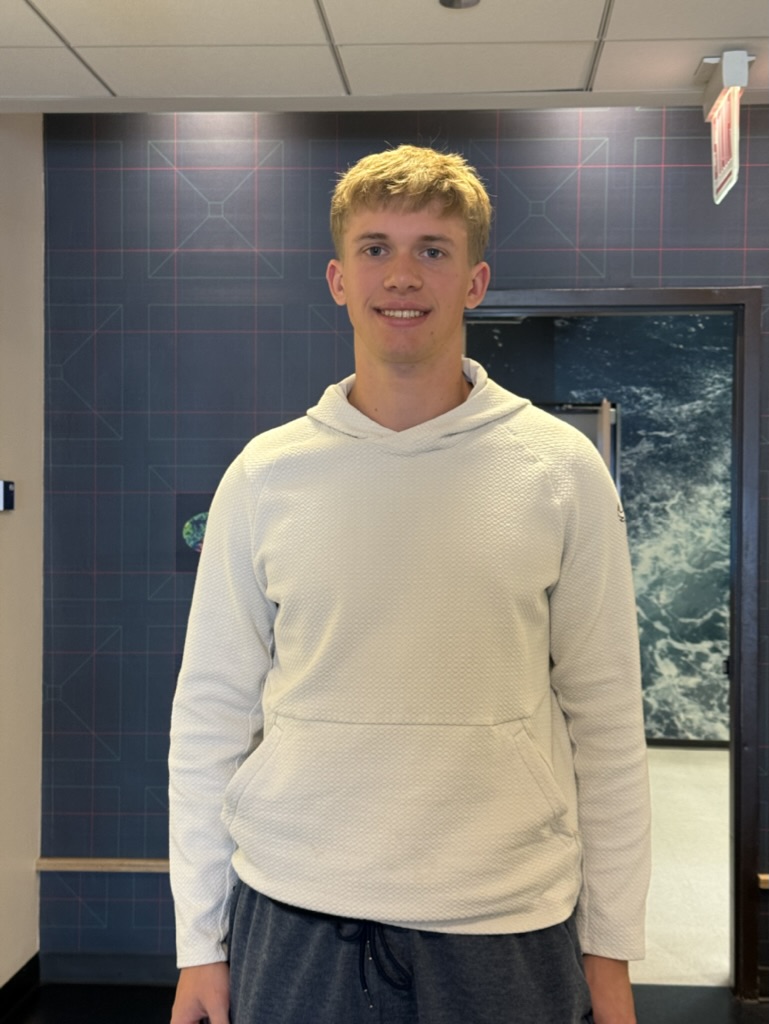

















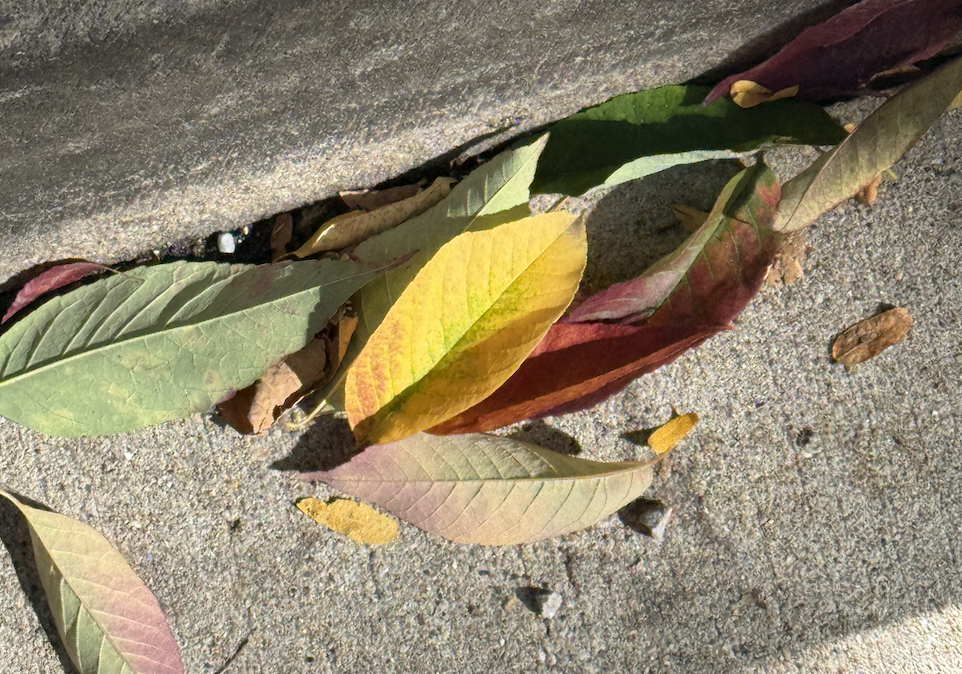




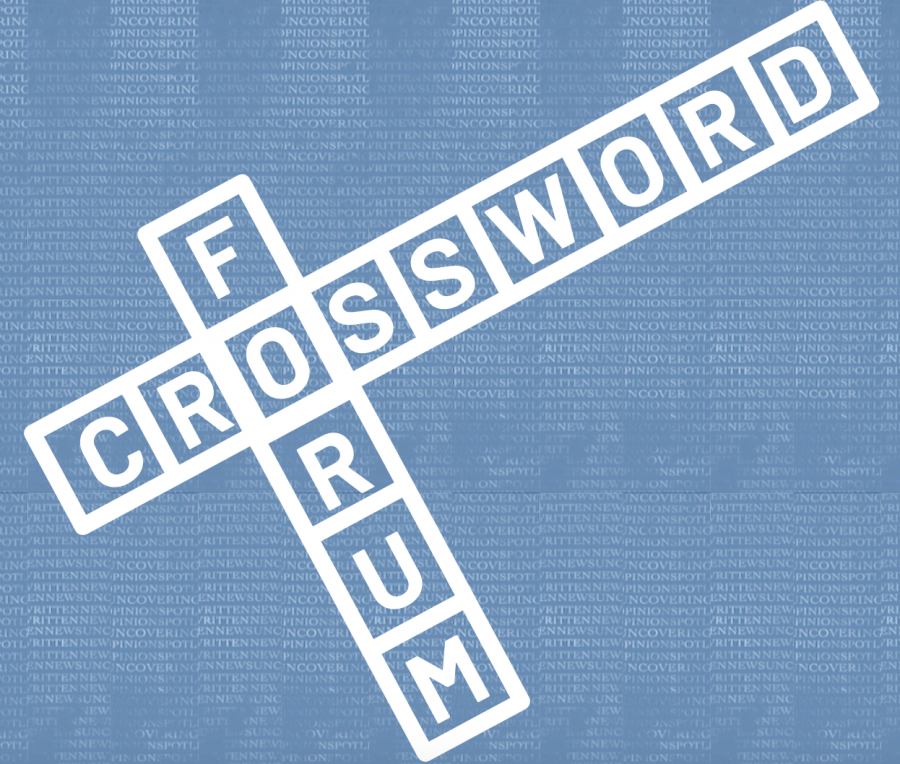

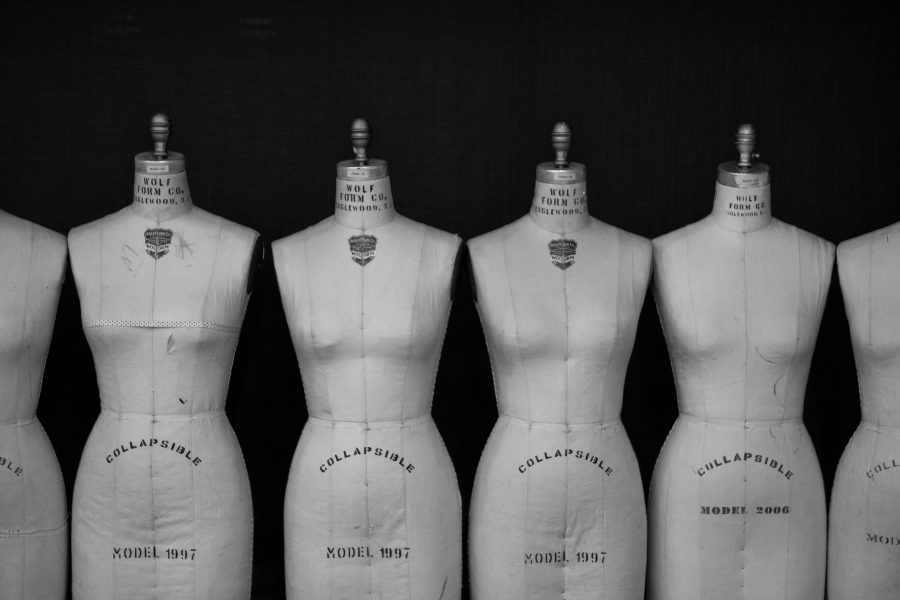

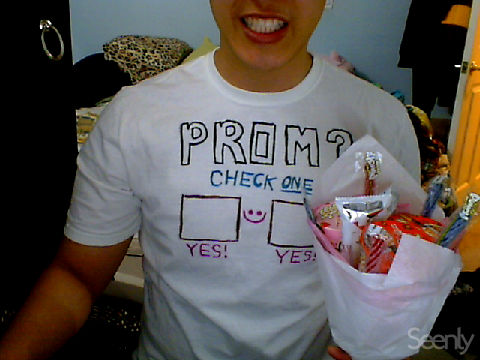
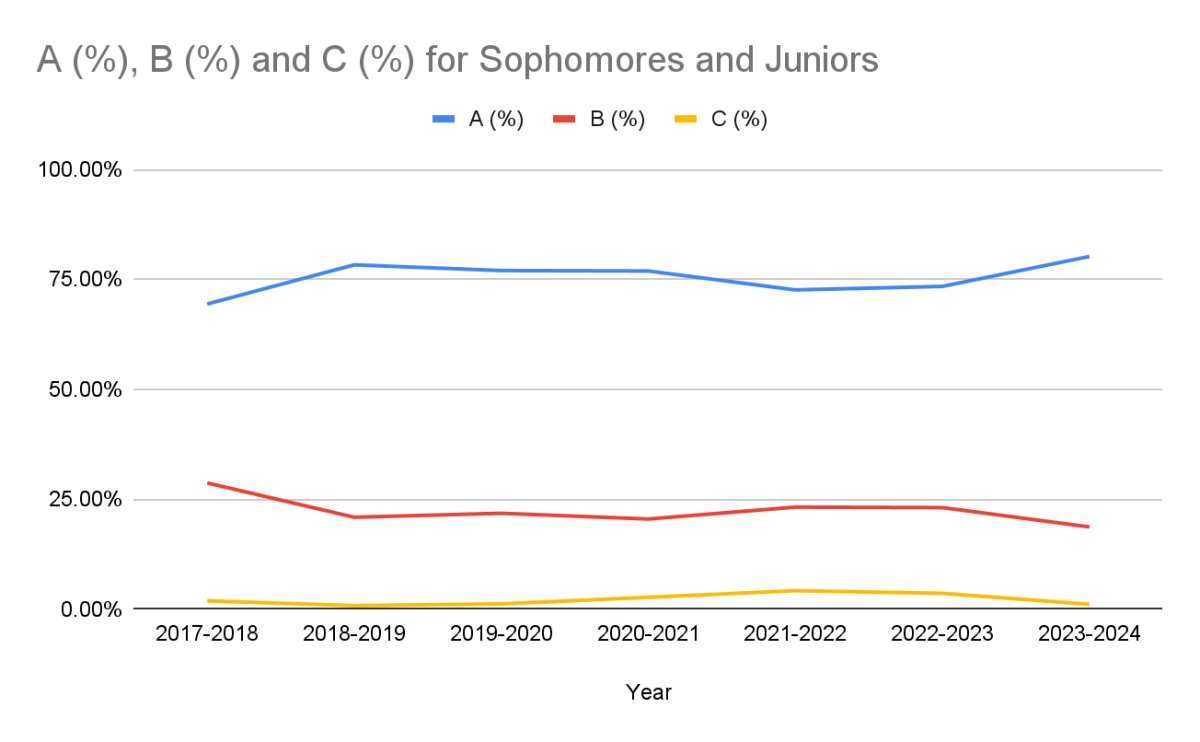

lmccutch • May 2, 2016 at 5:57 pm
Nice job. I particularly like that last question. Well done.
amcglinn • May 2, 2016 at 10:59 am
Excellent questions, Sascha and Olivia!